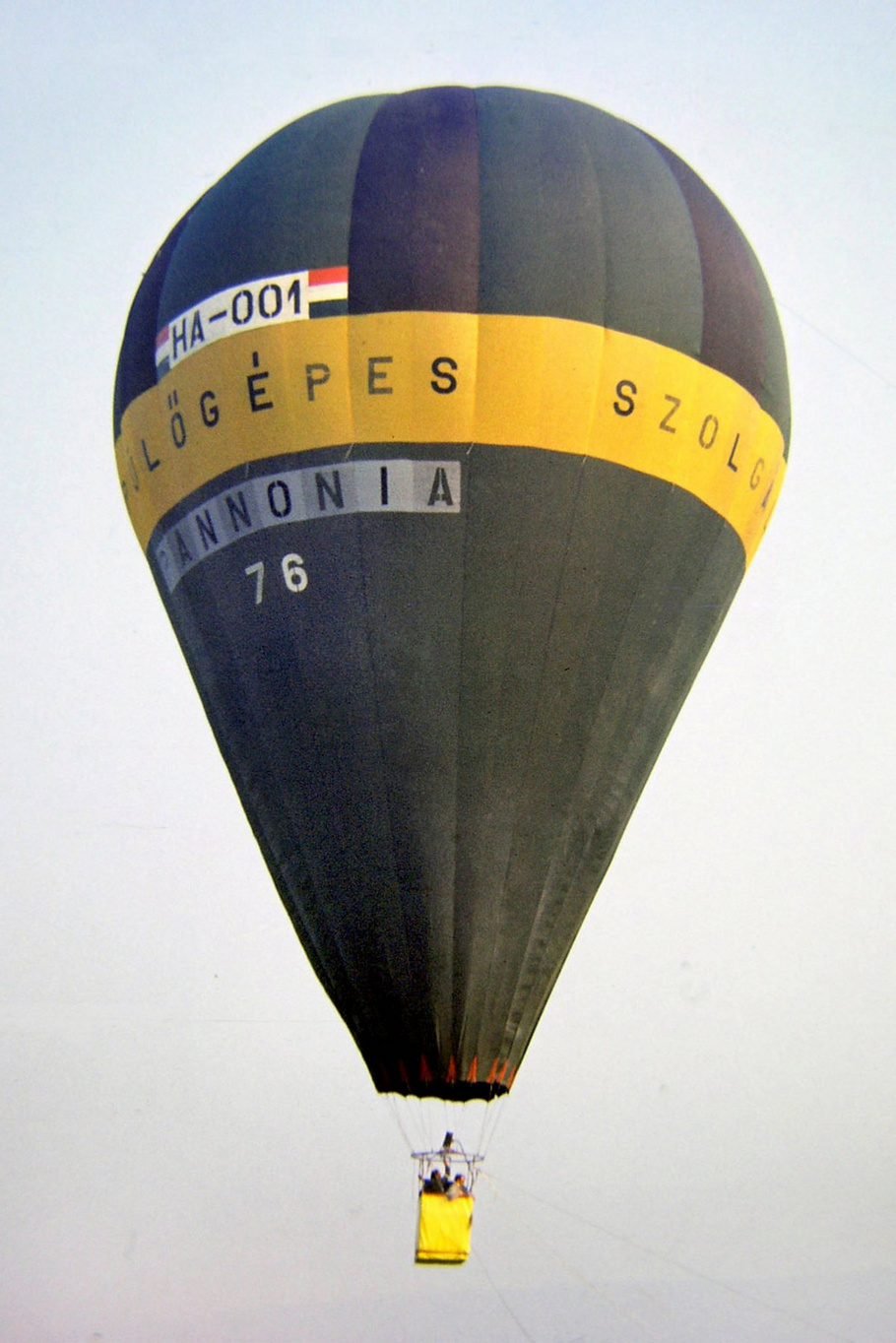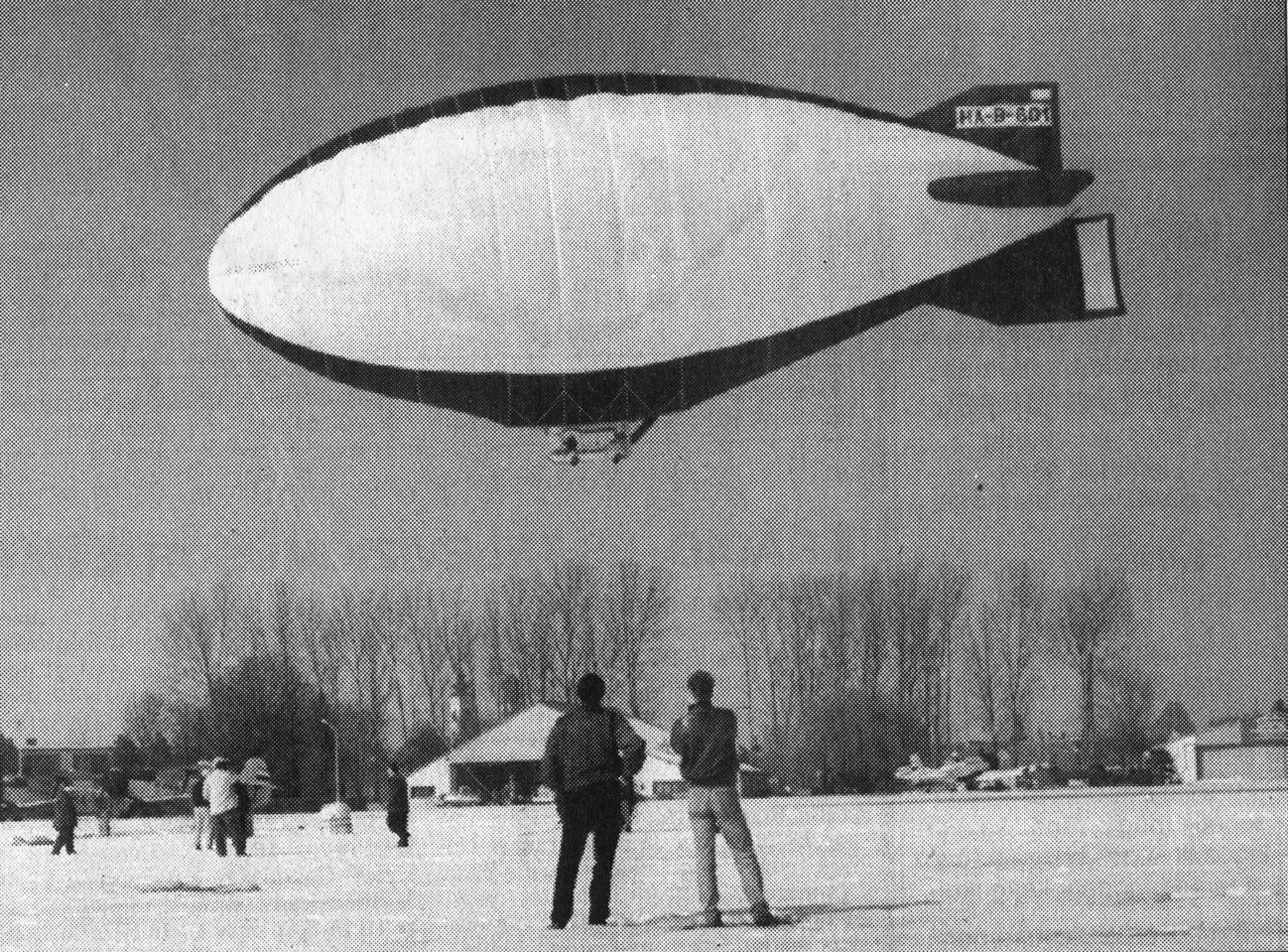Exploring the Legacy of Hot Air Ballooning: The Hungarian Experience
By Mihály Sós, Senior Aircraft Engineer, former Hot Air Balloon Designer and Manufacturer, Secretary of Pannónia ’76 Foundation
Hungary's contribution to the realm of hot air ballooning in Eastern Europe is relevant. Despite the geopolitical challenges of the 1970s, which saw the nation isolated by the Iron Curtain and COCOM restrictions, Hungarian enthusiasts forged ahead, driven by passion and innovation. It was against this backdrop that the iconic HA-001 Pannónia, the first hot air balloon of Hungary took flight, marking the dawn of a new era.

HA-001 Pannónia, the first Hungarian hot air balloon
This pioneering spirit not only sparked the formation of numerous balloon clubs but also gave rise to a burgeoning hot air balloon manufacturing industry across the country. For decades, Hungary supplied balloons not only to Eastern Bloc nations but also ventured into export markets in Western Europe.

This balloon was exported to Austria

Hungarian hot air airship
The country's enthusiasm for ballooning was palpable, with regular meets, competitions, and notable successes on the global stage. However, with the collapse of the Eastern Bloc, the landscape shifted. State enterprises dissolved, and the manufacturing sector waned. Yet, the spirit of ballooning endured, kept alive by dedicated clubs and enthusiasts who continued to fly the flag at international competitions.

Hungarian veteran balloonists
In recent years, Hungary has seen a resurgence in hot air ballooning, with the emergence of commercial ballooning ventures catering to tourists eager to experience the country's breathtaking landscapes from above. Amidst this revival, the Hungarian Balloon Federation plays a crucial role in fostering the sport.

Őcsény airfield
One of the most iconic sites in Hungarian ballooning lore is the Őcsény airfield, where the HA-001 Pannónia first took flight. Here, a monument stands testament to this historic event, a tribute funded by public donations through the Pannónia '76 Foundation.

Monument of the first Hungarian hot air balloon, HA-001
Accompanying the monument is the Hot Air Balloon Museum, housed within the confines of the airfield's control tower. This museum, born out of a desire to preserve and celebrate Hungary's ballooning heritage, is a labor of love. Its collection, initially seeded by donations from veteran balloonists, has grown steadily over the years, capturing the essence of Hungarian ballooning history.
You can always schedule an appointment to visit our Museum! You can find us at the Őcsény Airfield. The museum is only a 2-hour drive from the capital, Budapest and from Szeged city, site of the 2024 FAI World Hot Air Balloon Championship.
 |
 |
The former air traffic control tower Őcsény. Today it is an exhibition area for the hot air balloon Museum
Visitors to the museum are treated to a journey through time, with permanent exhibits showcasing the evolution of ballooning in Hungary. From the early days of experimentation to the triumphs on the world stage, each display offers a glimpse into the passion and dedication of those who made ballooning a part of Hungarian identity.

Founders (from left): pilot János Winkler; Tibor Németh, one of Pannonia's manufacturers and pilots; Sándor Szűcs, Hungarian champion and hot air balloon manufacturer; Mihály Sós hot air balloon and airship manufacturer; István Vona, one of Pannonia's designers; György Punka, test pilot of civil aviation authorities and aviation historian; Stieber József, president of the Pannónia '76 Foundation
Looking ahead, the Pannónia '76 Foundation has ambitious plans for the museum, including collaborations with international ballooning organizations, creation of a national ballooning Hall of Fame, desinging and producing the HA-001 Pannonia replica hot air balloon. These efforts underscore Hungary's commitment to preserving its ballooning legacy for future generations.
As visitors explore the Hot Air Balloon Museum (top image), they are not merely observers but participants in a living history, where the spirit of adventure and innovation continues to soar.

